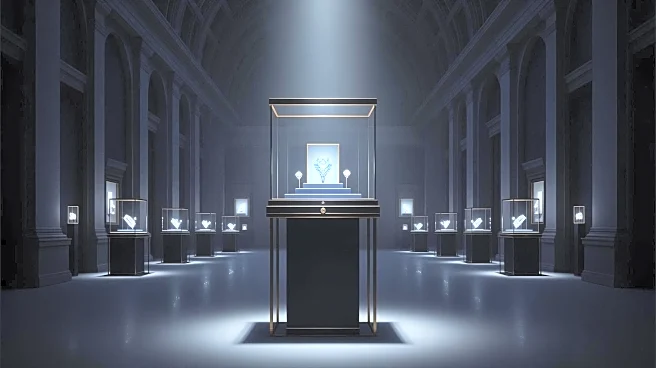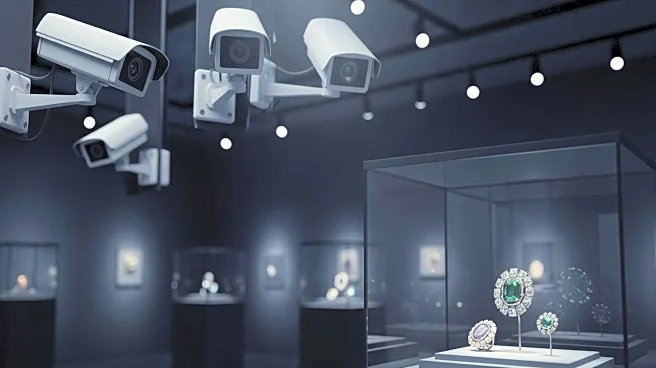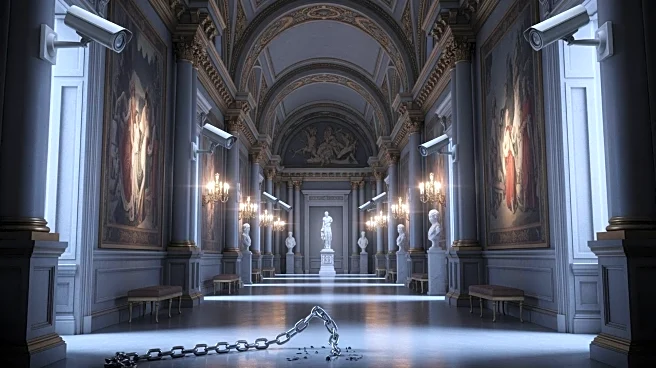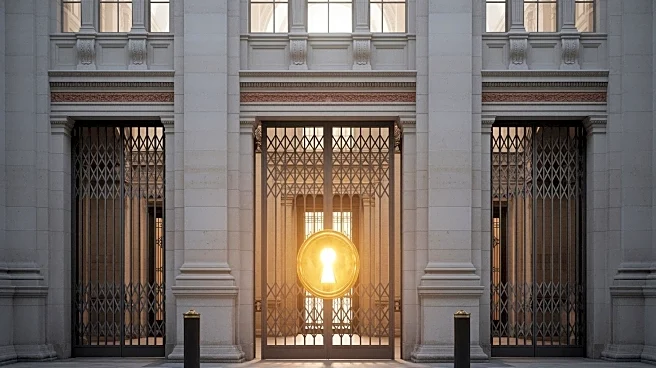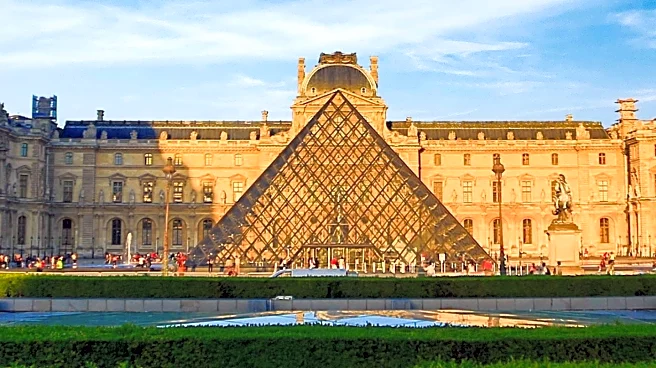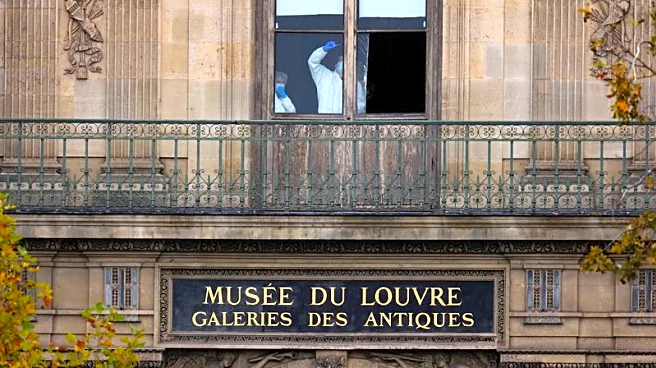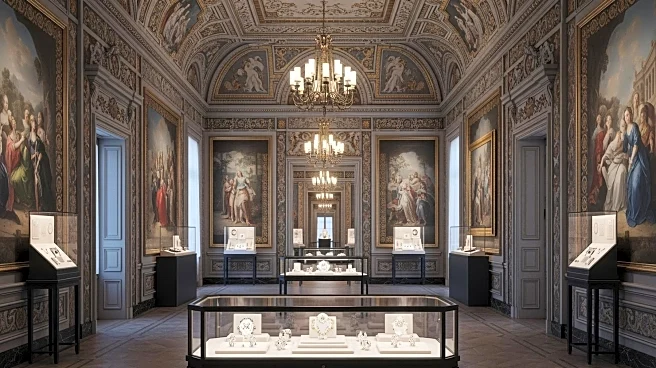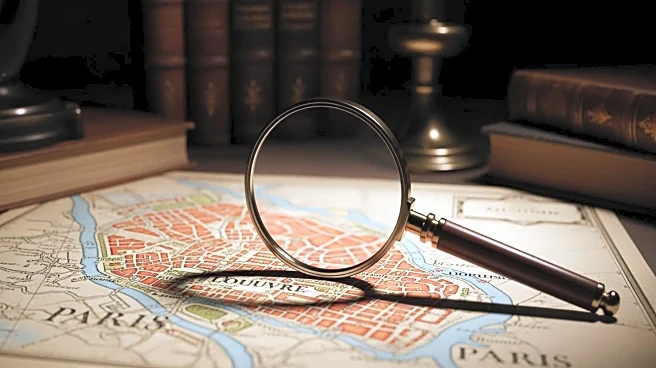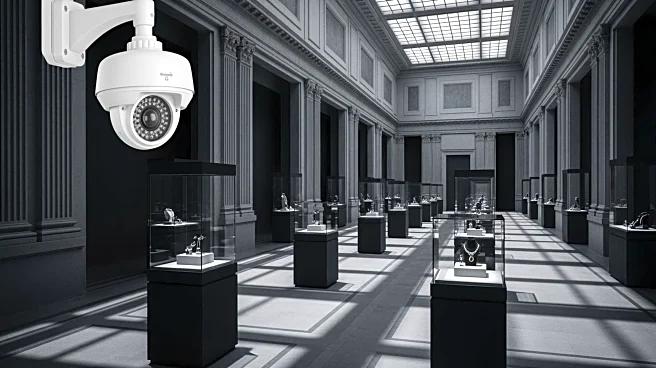What's Happening?
On October 19, 2025, a daring heist took place at the Louvre Museum in Paris, where thieves stole jewels valued at $102 million. The robbery occurred at approximately 9:30 a.m. local time, involving four
suspects who used a truck equipped with a powered extendable ladder to access the museum's Galerie d'Apollon. The suspects shattered a window and smashed glass display cases to seize eight pieces of jewelry, including hardstone jewels, diamonds, and crowns historically owned by French royals. The thieves then made their escape on two motorbikes. The museum was closed for the remainder of the day and the following day, reopening on October 22. A video released on October 23 shows two individuals descending a ladder on the museum's side, dressed in all-black outfits, with one wearing a reflective jacket.
Why It's Important?
The heist at the Louvre Museum highlights significant security vulnerabilities at one of the world's most renowned cultural institutions. The theft of such valuable items not only represents a substantial financial loss but also raises concerns about the protection of cultural heritage. The incident has prompted discussions about the adequacy of security measures in place at major museums, potentially leading to increased investment in security technology and protocols. The theft also underscores the audacity and sophistication of modern criminal operations, which can have broader implications for law enforcement and international cooperation in tracking and recovering stolen art and artifacts.
What's Next?
Following the heist, the Louvre Museum's president, Laurence des Cars, offered her resignation, which was refused by Culture Minister Rachida Dati. The museum is likely to review and enhance its security measures to prevent future incidents. French authorities are expected to continue their investigation, seeking to identify and apprehend the suspects involved. The incident may lead to increased collaboration between international law enforcement agencies to recover the stolen items and prevent similar crimes. Additionally, the museum may face pressure to reassure the public and stakeholders about the safety of its collections.
Beyond the Headlines
The Louvre heist could have long-term implications for the art world, including heightened awareness of the risks associated with displaying valuable artifacts. Museums globally may reassess their security protocols, balancing accessibility with the need to protect cultural treasures. The incident also raises ethical questions about the responsibility of cultural institutions to safeguard their collections and the potential consequences of failing to do so. Furthermore, the theft may influence public perception of museum security, potentially affecting visitor numbers and trust in these institutions.
